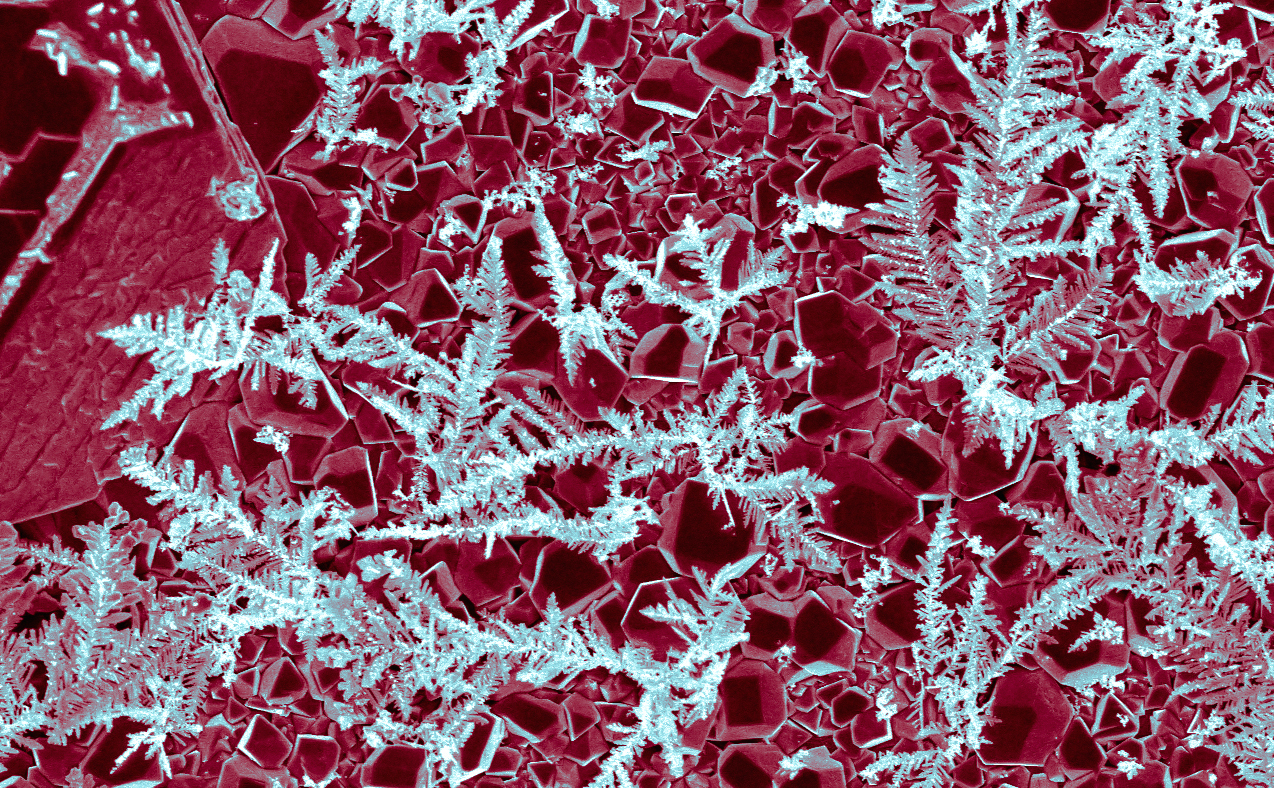
© Tamsin Whitfield
Last week saw the opening of my first ever science-faith gallery exhibition. The space is a white-walled corner of my church, set aside for creative members of the congregation to display their handiwork. The pictures were all provided by members of the church who are scientists and engineers. Our aim is to showcase some of the beauty we see in the course of our work, and communicate how it helps us to worship God.
The people involved have all given me permission to share their images and text here. I hope you enjoy this very diverse collection of images from a wide range of scientific disciplines, and can identify with some of the thoughts they have expressed about science and worship.
Tamsin Whitfield
I’m a fourth year student studying a Masters in Materials Science here in Cambridge, though this image was taken on a summer placement at Hong Kong University. The picture (taken on a scanning electron microscope and colour added after) shows what happened when my experiment didn’t go to plan, leaving feathery silver deposits all over the copper oxide (red). I love how many beautiful things there are, even on scales we couldn’t usually see – there is so much that is stunning, unexpected and amazingly designed to explore – it’s the greatest artwork ever made!
Elizabeth Sharpe
I am a Chartered Hydrogeologist, married to Andrew, currently on a career break to concentrate on being a mum to Esther (age 3). This is an outcrop of the Chalk in Cherry Hinton Pits. I find it amazing that as well as its beauty under a microscope and majesty in a cliff face, the Chalk rock formation is functional; filtering, storing and transporting all of the water supplied to Cambridge and the surrounding villages. What an awesome, creative and imaginative God we worship!
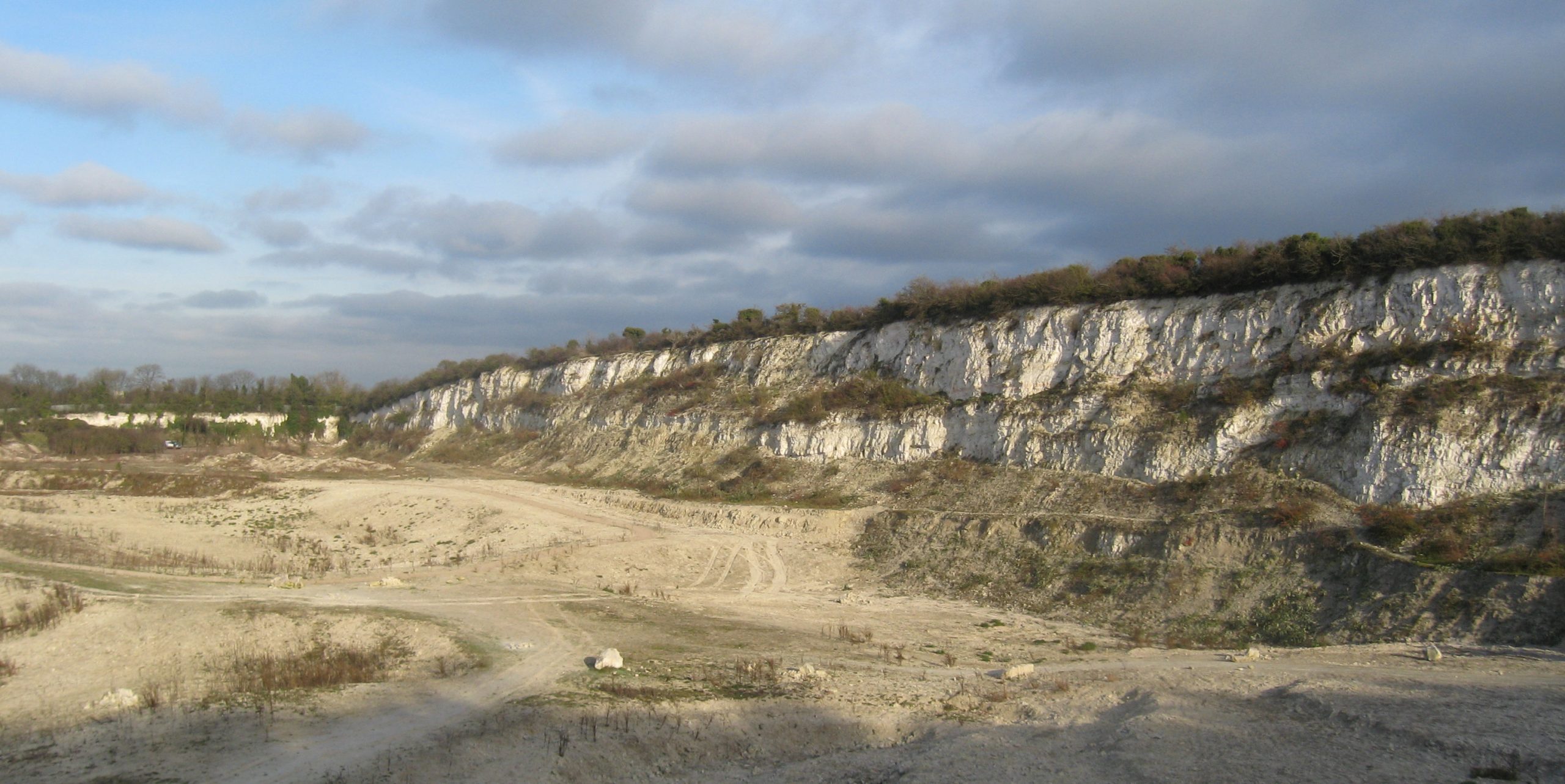
© Elizabeth Sharpe, Cherry Hinton Chalk Pits
Joe Ogborn
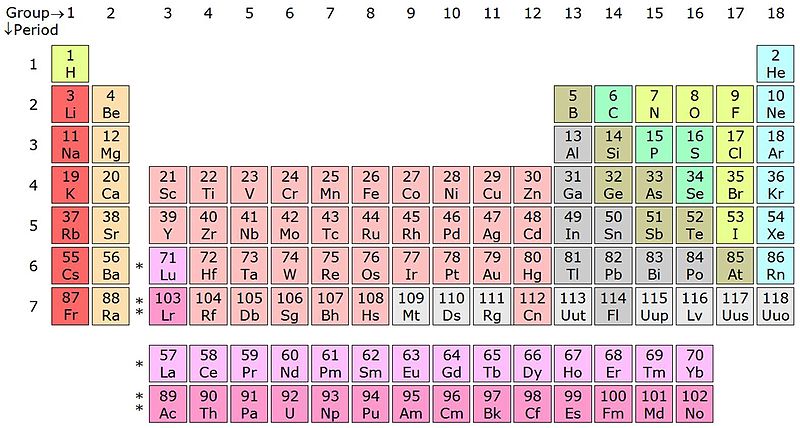
By Sandbh (Own work) [CC BY-SA 4.0], via Wikimedia Commons
Emily Dry
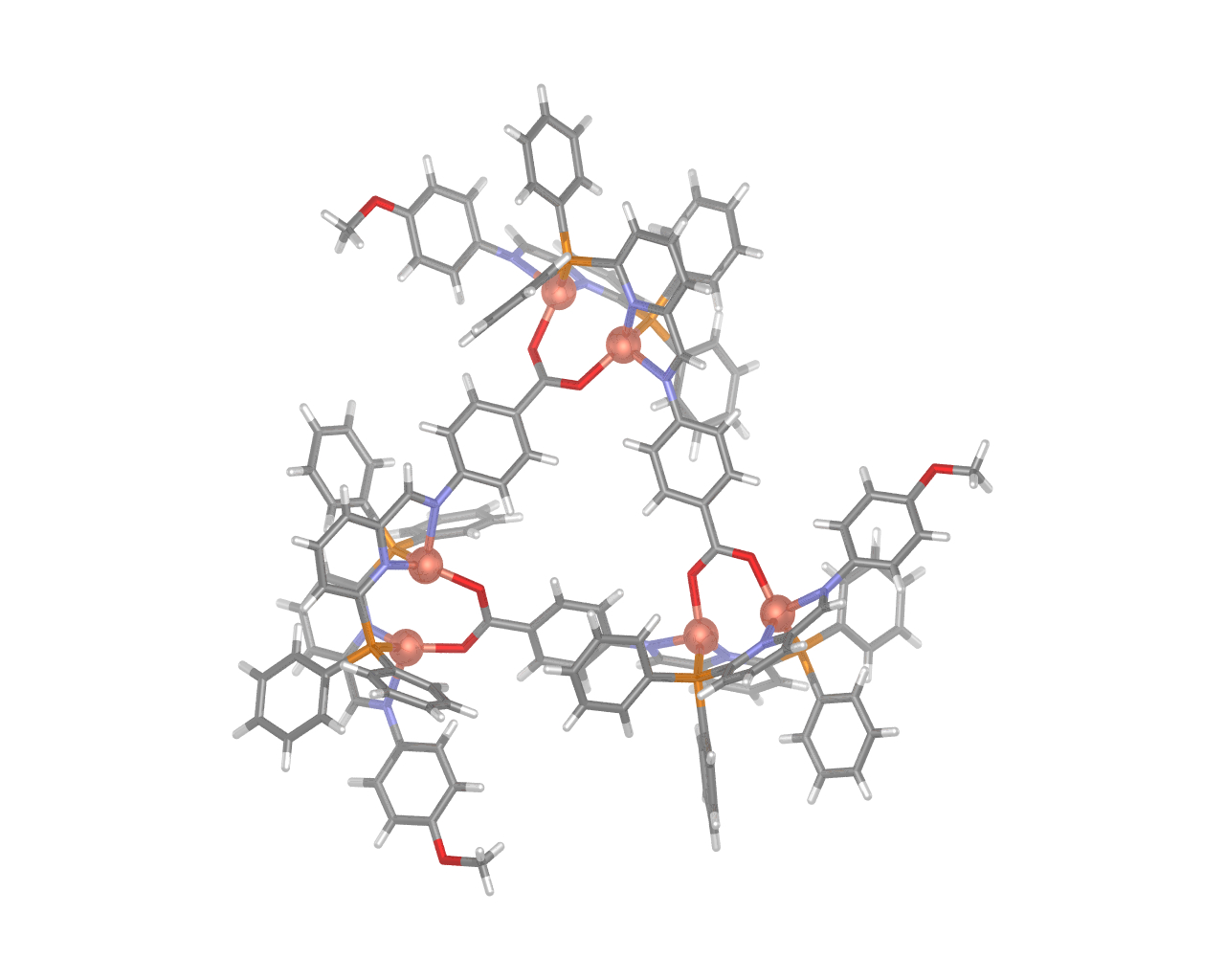
I did my PhD in supramolecular chemistry – designing molecules that stick themselves together (self-assemble) in a predetermined way. I am now mum to Oliver (6 months) and take my research into state schools with The Brilliant Club. The triangular structure is made up of 12 different molecules and 6 copper cations, which self-assembled first into 3 asymmetric subunits that then self-assembled to form this triangle. The microscope picture shows the crystals of the triangle (dark red clumps) next to the smaller, more defined crystals of the subunits (bright red). I love that you can control something so tiny as atoms and molecules and predict the result, and yet the difficulty of that task even for such a small structure as this fills me with wonder at the complexity of biological superstructures: God designed them, made them and enabled them to replicate, all with no test tubes!
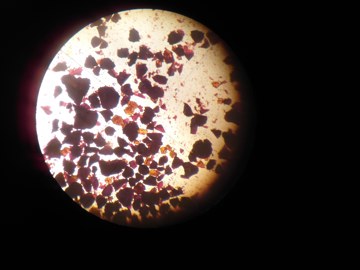
Mercy Danga
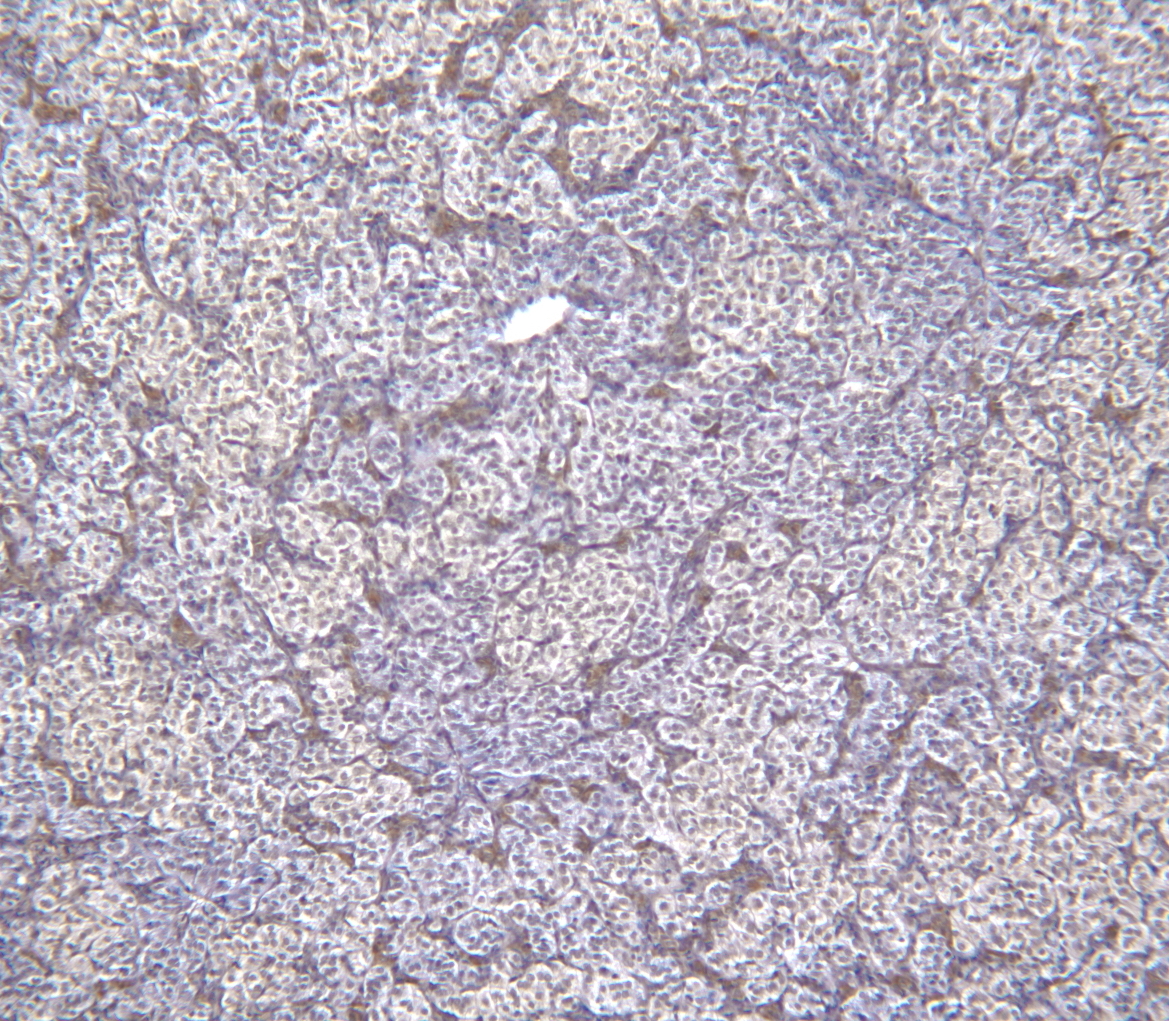
© Mercy Danga
I am a molecular biologist, and I study diabetes, obesity and metabolic disorders in a lab at the Institute of Metabolic Science, Addenbrookes Hospital. This picture is a cross-section of the gland that secretes adrenaline, which is also involved in diabetes. Cells are made up of incredibly complex structures, and the interconnection of biological molecules is what makes life possible. I worship the God who created these complex structures, and he wants to make people’s lives better by making me understand such disorders and targets for future treatments and prevention measures.
Tim Bushell
I’m an infrastructure adviser with the UK government’s Department for International Development (DFID) currently working in Dar es Salaam, Tanzania. This is a ‘vented drift’ in a dry river bed in rural Tanzania, which is like a bridge but designed to let water flood over it during heavy floods. I worship God when people’s lives are made better!
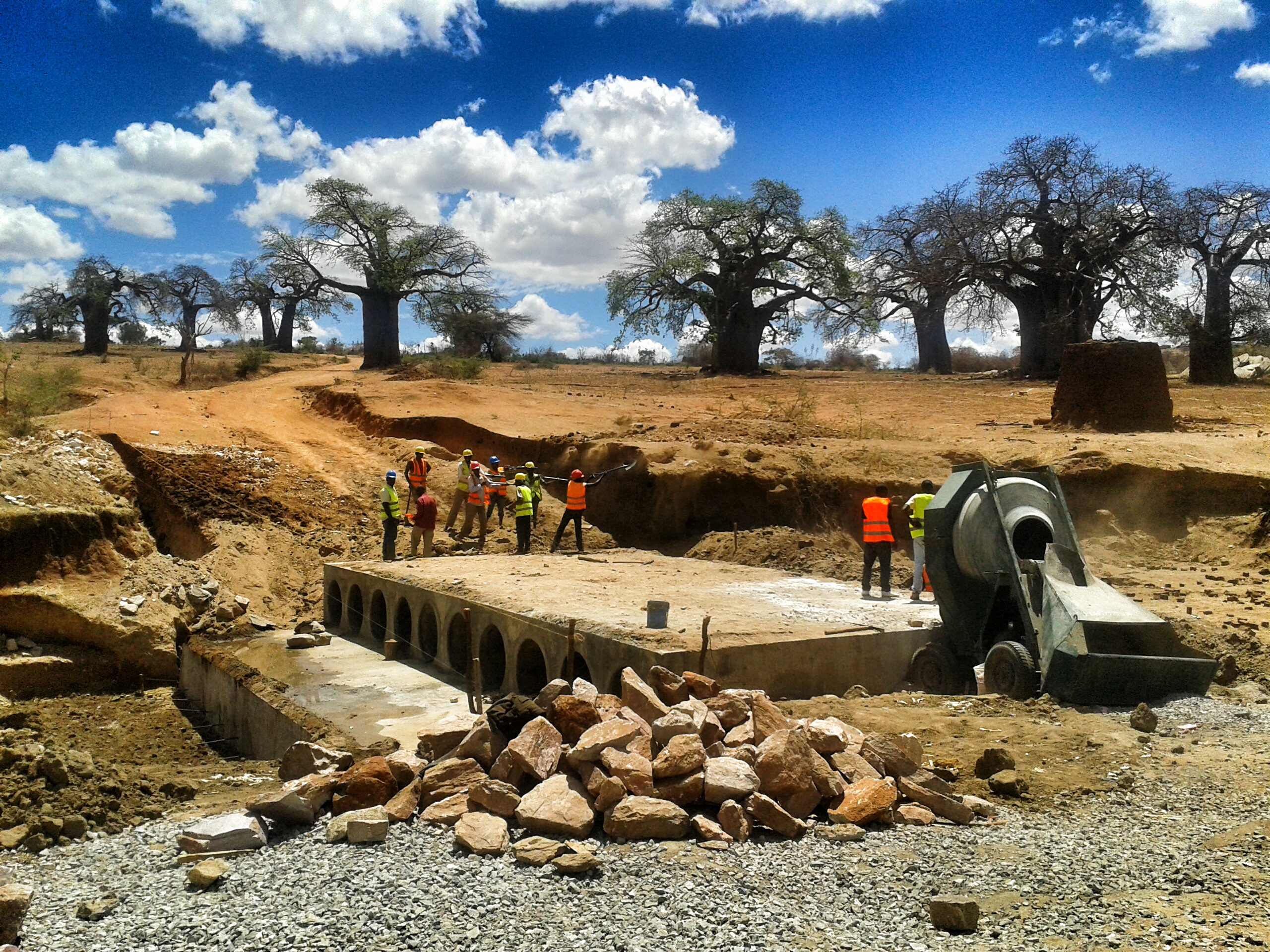
© Colleague of Tim Bushell
Matthew
I work in the remote mountains of Nepal, researching bees at high altitude to help people there. These are three different wild bee species, one of which might be a honey producer, and a mountain flower. Taking these bees and flowers – already beautiful – and forming something to bless the poor in Jesus’ name, is for me an act of worship.
Ruth Bancewicz
I work at the Faraday Institute for Science and Religion, St Edmund’s College, but this photo was taken when I was a PhD student in genetics at the MRC Human Genetics Unit/Edinburgh University. This picture is of a zebrafish at less than a day old. The camera is looking down on its head, and the whole thing is completely translucent so you can see every developing organ. Studying these fish helped me to worship God because it opened my eyes to the beauty and wonder of living things.
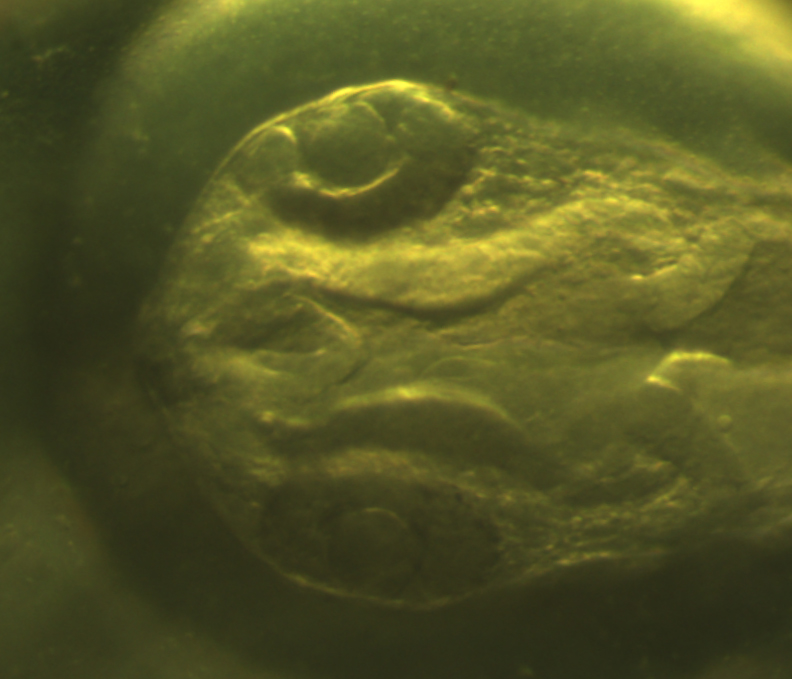
© Ruth Bancewicz
Phil Balding
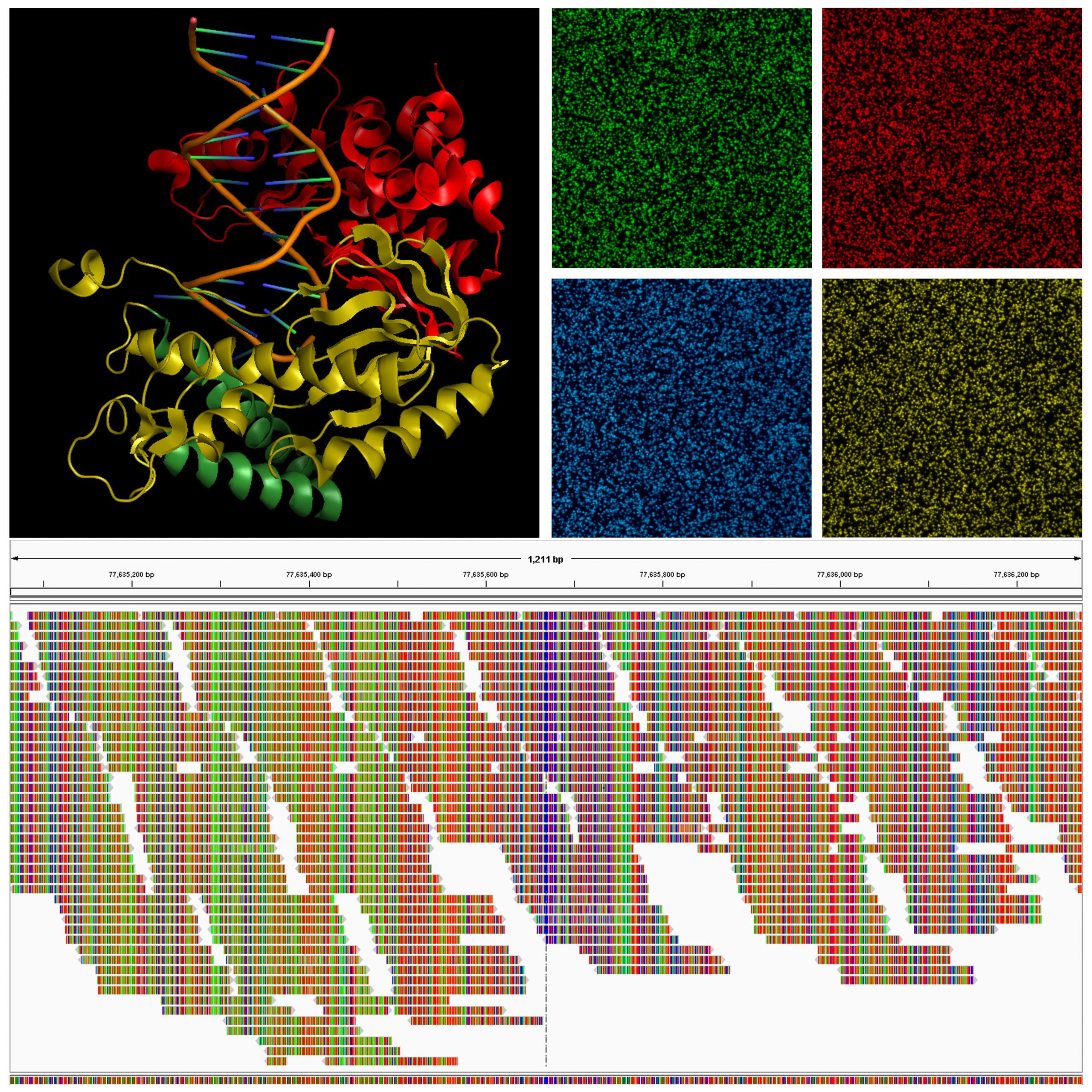
© Phil Balding
I am a Biochemist working on DNA sequencing, using a technology invented here in Cambridge. This picture is of an enzyme that makes DNA (top left), clusters of DNA bound to a glass surface and imaged on an Genome Analyser (top right), and part of the human X Chromosome sequence (bottom). When I think about how everything that makes a human can be boiled down to DNA, it makes me stand in awe of the infinite God who breathed life into this bag of molecules, wants to have a relationship with me, and even came down to earth and dwelt among us.




